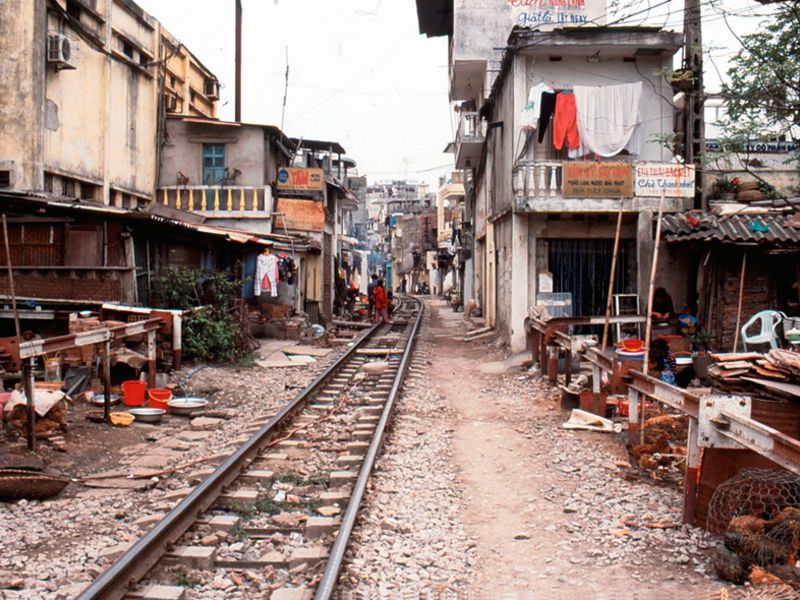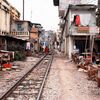Hanoi:Public Transit System of Hanoi
Disciplines
-
Railways
-
Transportation
Companies
Dorsch International Consultants
Client
Ministry of Transport, Hanoi
Duration
From 1998 to 1999Project Activities
Phase 1 (Pre-feasibility study)
- Strategic public transport sector development plan
- Pre-feasibility study for rail-bound urban transport network
- Determination of priority urban rail line
- Selection of most appropriate transport technology
- Identification of most suitable high-performance bus transport line
Phase 2 (Feasibility study on priority urban rail line & priority high-performance bus line)
- Forecast of ridership
- Network infrastructure
- Rolling stock, technical specifications
- Tariff structure, financial analysis
- Cost-benefit analysis
- Institutional & operational framework
- Training & transfer of technology
- Implementation concept & action plan for priority schemes
Contact
Dorsch International Consultants GmbH
München (Headquarters)
80687 München
Germany
Phone: +49 89 5797-0
Fax: +49 89 5797-800
E-Mail: info@dorsch.de
Description
The Government of Vietnam, represented by the Ministry of Transport, wished to undertake a feasibility study to assess the establishment of a mass transit system for Hanoi. The study, financed by the Kreditanstalt für Wiederaufbau/KfW, was to develop an integrated public passenger transport concept for the period up to the year 2020 & thus provide a strategic framework to guide future actions & initiatives for the development of mass transit in the capital city of Vietnam (with 1.5 million inhabitants in the greater conurbation).
The adoption & implementation of the mass transit development strategy has the potential of being a dominant factor influencing future land use development patterns & densities, the quality of life, health, economic & social well-being of the city´s residents & the urban environment as a whole. The strategy will have far-reaching implications & will plant the seed of future urban growth to take Hanoi into the 21st century.
In view of Hanoi´s extremely low urban public transport usage the major challenge to the city´s authorities is to reverse the present almost total reliance on private modes of transportation (primarily bicycle & motorcycle) & to increase substantially the use of public transport. It is necessary to establish a transport system which is affordable & which, at the same time, does not create an excess burden on the city´s limited financial resources & does not have adverse social or environmental impacts. Against this background the utmost importance was attached to the elaboration of as clear & comprehensive a strategy as possible at the outset of what is undoubtedly going to be a long-term process of reorganisation. To facilitate the transition towards enhanced public transport usage, it is first envisaged to set up public transport corridors via road-based public transport modes (e.g. buses) - either sharing space with other road users or, preferably, in their own right of way or at least with substantial priority (at-grade busway).
Having encouraged the willingness of travellers to use buses, it should then be much easier to determine the viability of a complete switch to rail-based mass transit with the necessary degree of certainty (dictated by the large capital investment required for such a light-rail transit/LRT system, especially when on an elevated alignment).
Without such a step-wise development there is a real risk that the immediate introduction of a rail mass transit system - unsupported by proven demand trends away from private modes – would burden both the Vietnamese authorities & potential investors (including Vietnam Railways as main carrier) with a significant financial debt as a result of the high capital, operation & maintenance costs associated with rail systems.

